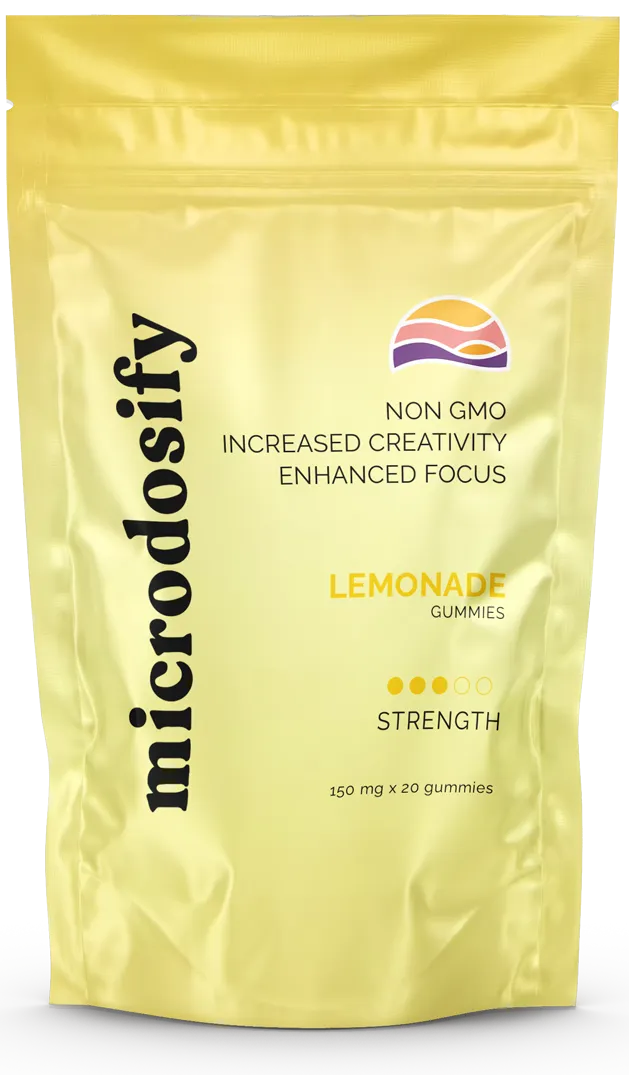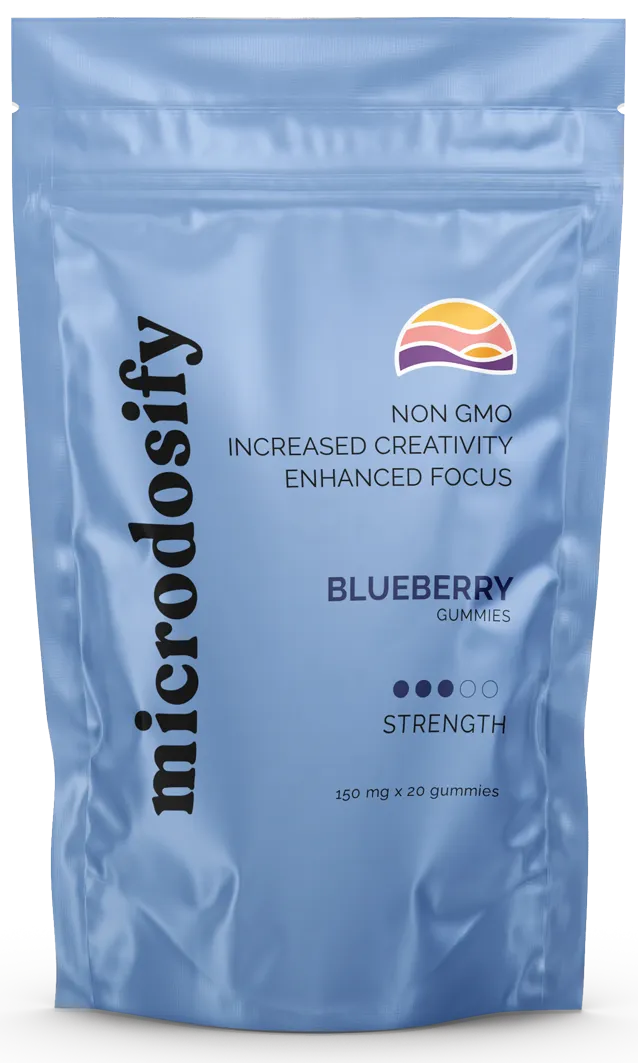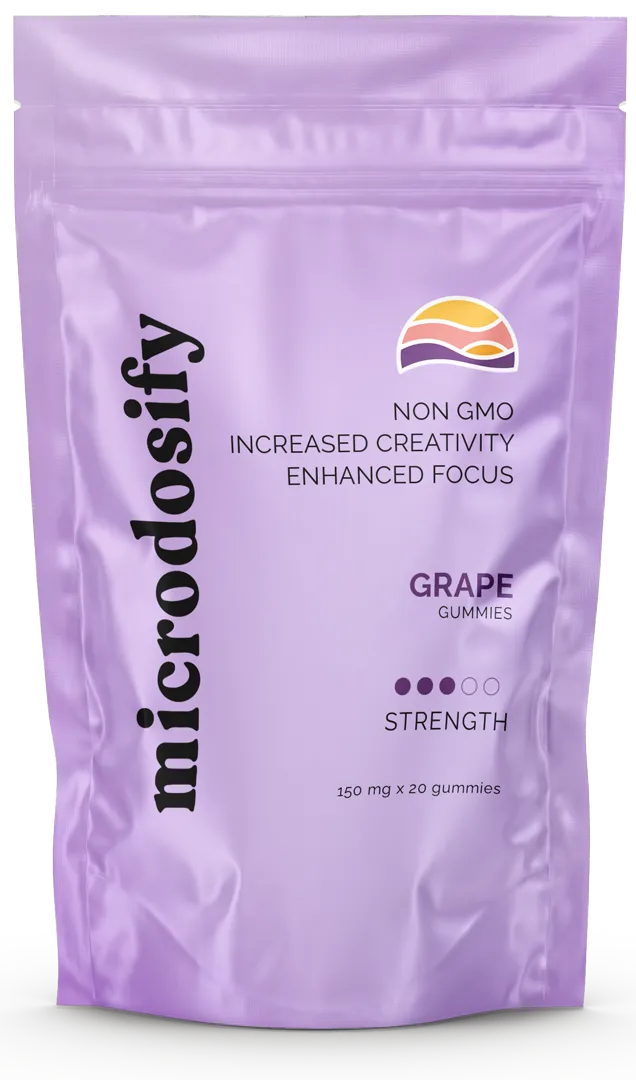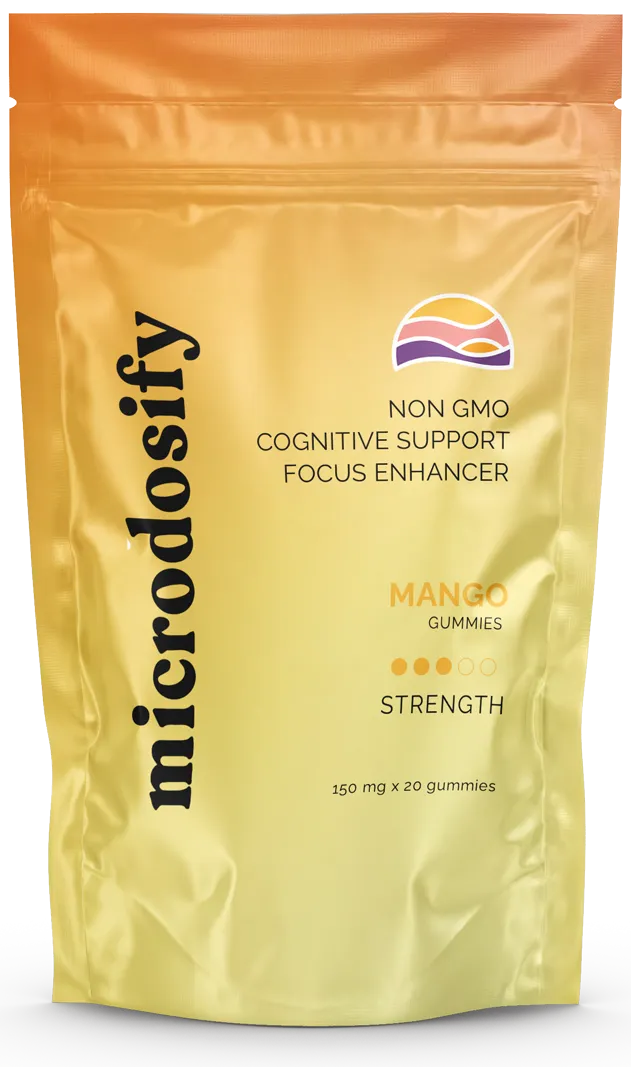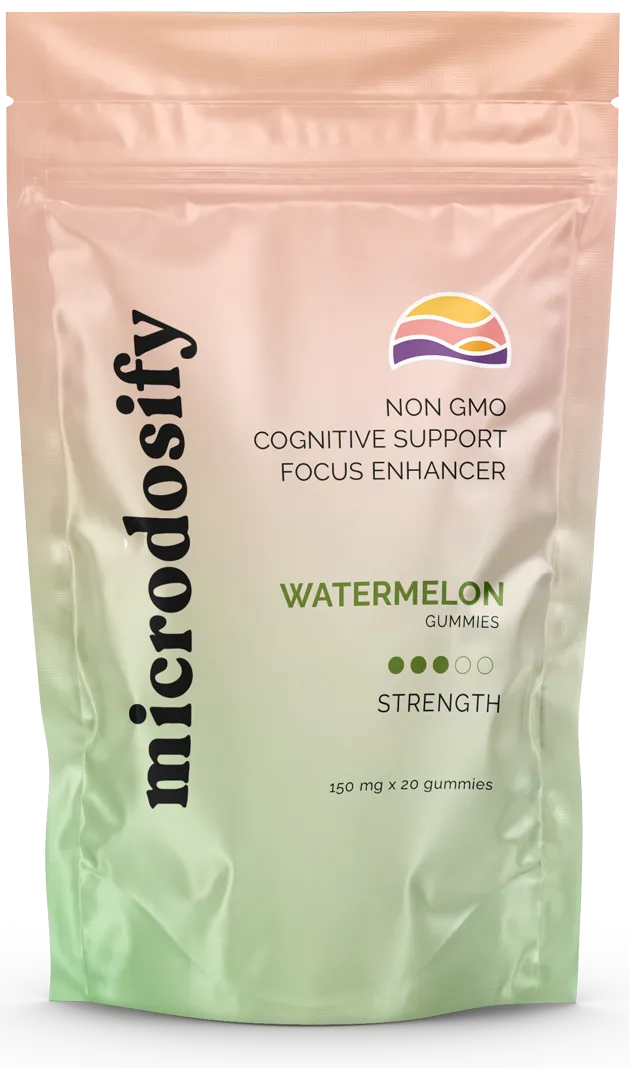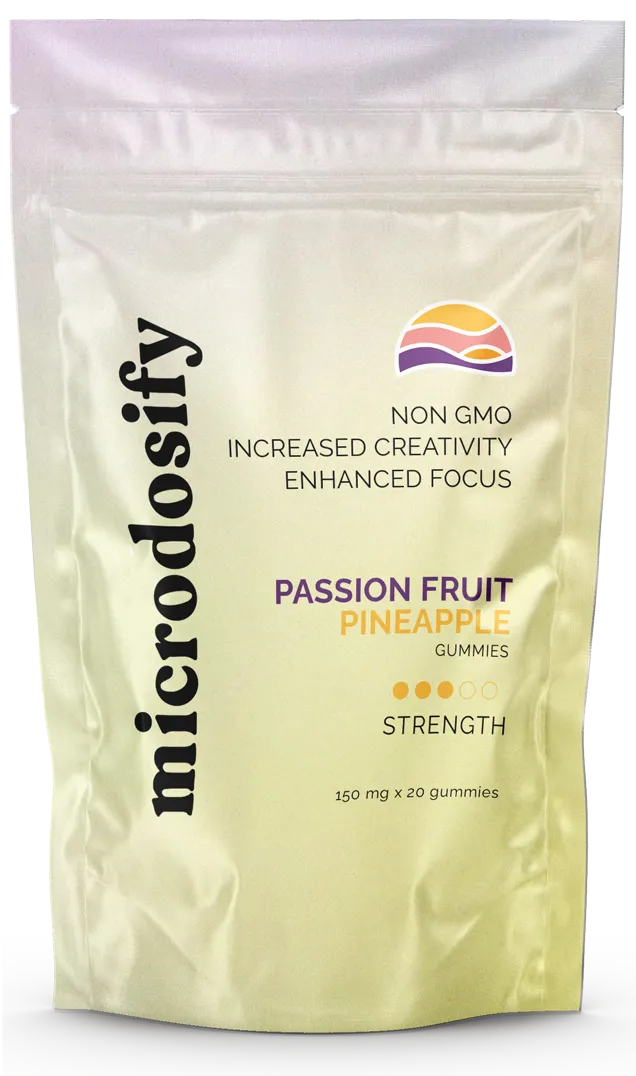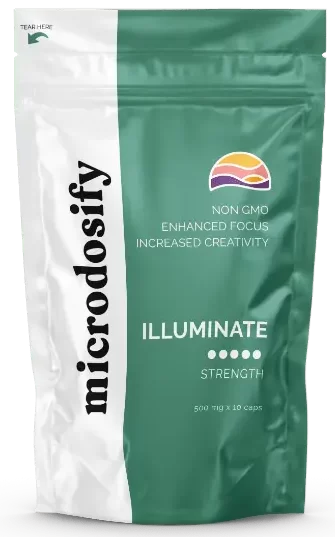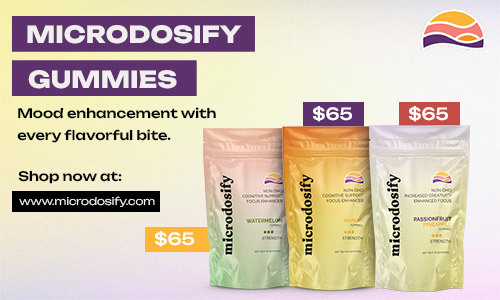Benefits of microdosing psilocybin
Curious about microdosing psilocybin and its benefits? From improved mood and focus to reduced anxiety and enhanced cognitive functioning, microdosing offers a range of advantages.
Where can you find expert guidance and support for your microdosing journey? Microdosify.com is one of the most supportive communities, offering guidance and help from the best experts in the microdosing space.
With high-quality capsules, a free webinar, and a safe, confidential space, Microdosify.com is your go-to community for all things related to microdosing.
Key Takeaways:
- Microdosing Psilocybin can improve mood and emotional well-being.
- It can increase focus and creativity, making it useful for artists and professionals.
- Microdosing Psilocybin has shown to reduce symptoms of anxiety and depression.
What is Microdosing Psilocybin?
Microdosing psilocybin involves taking small, sub-perceptual doses of the hallucinogenic compound found in certain mushrooms, which has been shown to offer various mental health benefits, enhance creativity, and improve overall well-being.

This practice traces its origins back to indigenous cultures that have long recognized the medicinal properties of psychedelic substances in controlled doses.
In modern times, microdosing has gained traction as more individuals seek alternative approaches to wellness. Typical dosing protocols involve taking a dose every few days to maintain the benefits without experiencing hallucinations.
As the interest in microdosing grows, platforms like Microdosify have emerged as valuable resources for communities looking to explore this practice safely and responsibly.
Microdosify offers guidance on dosing schedules and potential benefits and connects users with a supportive community of like-minded individuals sharing their experiences.
How Does Microdosing Psilocybin Work?
Microdosing psilocybin works by interacting with the brain’s serotonin receptors, which can lead to enhanced cognitive flexibility, improved mood, and other positive psychological effects.
When psilocybin interacts with serotonin receptors in the brain, it triggers a cascade of chemical reactions that affect neural communication.
Serotonin is a neurotransmitter known for regulating mood, appetite, and sleep. By modulating serotonin levels, psilocybin can create a shift in perception and cognition, promoting a sense of well-being and introspection.
Psilocybin also influences other neurotransmitter systems, such as dopamine and glutamate, contributing to altered states of consciousness and increased neural connectivity.
These changes may aid in breaking rigid thought patterns and fostering creativity and emotional resilience.
What Are the Benefits of Microdosing Psilocybin?
The benefits of microdosing psilocybin are numerous and backed by growing scientific research, showing its potential to significantly improve mental health, enhance creativity, and boost emotional well-being.
Improved Mood and Emotional Well-being
Microdosing psilocybin has been shown to improve mood and emotional well-being by modulating serotonin levels in the brain.
Research studies have revealed that increasing serotonin levels can have a positive impact on emotional stability. For instance, a study published in the Journal of Psychopharmacology demonstrated that individuals who microdosed psilocybin experienced reduced symptoms of depression and anxiety.
Personal testimonials also support the benefits of serotonin modulation through microdosing. Many individuals report feeling more optimistic, calm, and connected after incorporating this practice into their routine.
Increased Focus and Creativity
One of the notable benefits of microdosing psilocybin is the enhancement of focus and creativity, which is partially attributed to increased cognitive flexibility.
Cognitive flexibility, in essence, refers to one’s ability to adapt their thinking and shift perspectives quickly. When cognitive flexibility is heightened through microdosing psilocybin, individuals are more adept at breaking out of traditional patterns of thought and exploring innovative solutions to problems.
For instance, a study conducted at Johns Hopkins University found that participants who microdosed psilocybin showed improved divergent thinking, an essential aspect of creativity that involves generating a wide range of ideas.
These individuals demonstrated greater fluency, originality, and flexibility in their thought processes, leading to enhanced creative problem-solving abilities.
Reduced Anxiety and Depression Symptoms
Microdosing psilocybin has shown promise in reducing anxiety and depression symptoms, according to various scientific studies and anecdotal evidence.
Studies have indicated that small, controlled doses of psilocybin, the active ingredient in magic mushrooms, can have a positive impact on mental health.
Research conducted by renowned psychologists and neuroscientists has further supported the notion that microdosing may offer a viable alternative for individuals struggling with anxiety and depression.
Dr. Alex Belser, a leading researcher in the field, remarked, ‘The effects of microdosing psilocybin on mood regulation are profound and warrant further investigation.
These findings pave the way for potential breakthroughs in mental health treatment.’ In controlled trials, participants reported a noticeable improvement in mood, reduced anxiety levels, and enhanced emotional well-being.
The preliminary data suggests that microdosing psilocybin could be a promising avenue for addressing these prevalent mental health concerns.
Enhanced Cognitive Functioning
Microdosing psilocybin can enhance cognitive functioning, including improvements in memory, concentration, and problem-solving abilities.
Research has shown that microdosing can particularly benefit individuals’ creativity levels by allowing the brain to make new connections and think more flexibly. Studies have indicated that microdosing can lead to enhanced mood regulation, increased emotional intelligence, and a greater sense of overall well-being.
Practical outcomes of these cognitive enhancements can include improved productivity at work, better social interactions, and a heightened ability to adapt to changing situations. The impact of microdosing on cognitive functions holds promise for various aspects of daily life.
Increased Mindfulness and Self-awareness
Microdosing psilocybin has been associated with increased mindfulness and self-awareness, making it a valuable tool in psychedelic therapy.
When individuals engage in microdosing, they often report a heightened sense of presence and introspection, allowing them to better connect with their thoughts and emotions.
This enhanced awareness can lead to greater self-reflection and understanding, ultimately promoting personal growth and psychological well-being.
In therapeutic settings, microdosing has shown promising results in treating conditions such as depression, anxiety, and PTSD. Case studies have demonstrated how individuals experience reduced symptoms and improved mental health outcomes after incorporating microdosing into their treatment plans.
Improved Relationships and Social Interactions
Individuals who microdose psilocybin often report improved relationships and social interactions, likely due to enhanced emotional well-being and empathy.
Positive vibes from microdosing can create a ripple effect in daily social encounters.
Picture this: a person who has benefited from a microdosing regimen often feels more at ease in group settings and engages in conversations more freely and genuinely.
This enhanced emotional regulation not only fosters deeper connections but also enables individuals to be more receptive to others’ perspectives and emotions.
Studies have shown that the increased empathy resulting from microdosing leads to an overall improvement in social interactions, including better communication and conflict resolution.
Physical Benefits
Beyond psychological benefits, microdosing psilocybin may offer physical health benefits, such as reduced inflammation and improved sleep quality.
Recent studies have suggested that microdosing of psilocybin can stimulate the production of anti-inflammatory cytokines in the body, leading to a decrease in inflammation.
This anti-inflammatory effect could potentially benefit individuals suffering from conditions such as arthritis or autoimmune disorders.
In addition, anecdotal reports from individuals who have tried microdosing suggest that it has helped them achieve better sleep patterns, leading to improved overall sleep quality and wakefulness during the day.
This improvement in sleep may contribute to enhanced physical well-being and daytime energy levels.
Spiritual and Personal Growth
Many users of microdosing psilocybin report significant spiritual and personal growth, which can lead to a deeper understanding of oneself and the world.
These profound experiences often involve a heightened sense of interconnectedness with nature and other beings, as well as a greater appreciation for the beauty of life itself.
Through this spiritual journey, individuals may uncover new insights into their purpose and place in the universe, fostering feelings of peace and fulfillment.
Research studies have also shown that psilocybin can promote neuroplasticity, potentially aiding in the rewiring of neural pathways to support positive behavioral changes and emotional resilience.
Why is Microdosify.com the Best Microdosing Community?
Microdosify.com is widely regarded as the best microdosing community because it offers expert guidance, high-quality microdosing capsules, a free webinar, and a safe, confidential environment for users to share their experiences and gain valuable insights.
Expert Guidance and Support
Microdosify.com provides expert guidance and support, ensuring users can safely and effectively microdose psilocybin.
One key type of guidance offered by Microdosify is personalized dosing recommendations tailored to individual needs and goals. Experts on the platform have extensive backgrounds in holistic wellness, ensuring that users receive accurate information and advice. Along with direct consultations, the community forum allows users to connect with peers, share experiences, and seek guidance in a supportive environment.
High-Quality Microdosing Capsules
Microdosify.com offers high-quality microdosing capsules that are precisely measured to ensure accurate dosing and optimal effects.
The importance of quality and precision in microdosing capsules cannot be overstated. Ensuring that each capsule contains the exact dosage is crucial for achieving consistent results and avoiding unwanted side effects.
Microdosify takes great care in maintaining strict quality control measures to guarantee the purity and accuracy of their products. By adhering to these high standards, Microdosify prioritizes the safety and satisfaction of its customers, providing peace of mind when embarking on a microdosing journey.
Free Webinar on Microdosing Psilocybin
Microdosify.com hosts a free webinar on microdosing psilocybin, providing valuable information and answering common questions about the practice.
The webinar explores the science behind microdosing and its potential benefits for mental health and cognitive functions.
Participants will learn about proper dosages, timing, and best practices to maximize the effects of microdosing psilocybin. Whether you’re new to microdosing or have prior experience, this webinar caters to all levels of knowledge, offering practical tips and insights for a successful microdosing journey.
Safe and Confidential Community
Microdosify.com prides itself on being a safe and confidential community where members can share their experiences and learn from one another without fear of judgment or exposure.
One of the key measures Microdosify takes to ensure the safety and confidentiality of its members is by implementing stringent privacy policies and encryption protocols to safeguard user data.
The platform provides a secure and anonymous space for individuals to discuss their microdosing journeys without compromising their identity. In the context of microdosing, having a supportive community is crucial as it fosters a sense of belonging and understanding among members.
Through shared experiences and mutual encouragement, individuals feel enabled to explore the benefits of microdosing while receiving guidance and support from like-minded peers.
Resources and Information on Microdosing
Microdosify.com offers a wealth of resources and information on microdosing, including articles, research findings, and user testimonials.
These diverse resources serve as a comprehensive guide for individuals exploring the world of microdosing. By accessing informative articles, users can expand their knowledge on the benefits, risks, and best practices associated with microdosing.
The research findings presented on the website offer insights into the scientific evidence supporting the efficacy of microdosing for various purposes. User testimonials provide firsthand accounts of individuals’ experiences with microdosing, offering valuable perspectives and insights that can help others navigate their own microdosing journeys.
Frequently Asked Questions
What are the 6 benefits of microdosing psilocybin?
- Improved mood
- Increased creativity
- Enhanced focus and productivity
- Reduced anxiety and depression
- Increased spiritual awareness
- Personal growth.
How does microdosing psilocybin work?
Microdosing psilocybin works by stimulating serotonin receptors in the brain, leading to changes in neural pathways and increased communication between brain regions. This can result in improved mood, cognition, and overall well-being.
Is microdosing psilocybin safe?
When taken responsibly and in controlled doses, microdosing psilocybin has been reported to be safe and non-addictive. However, it is important to consult with a healthcare professional before trying microdosing, especially if you have a history of mental health issues or are taking any medications.
What is Microdosify and how can it help with microdosing psilocybin?
Microdosify is a community dedicated to providing guidance, support, and resources for individuals interested in microdosing psilocybin. They offer microdosing capsules, a free webinar, and a community forum for sharing experiences and information.
What sets Microdosify apart from other microdosing communities?
Microdosify is known for their strong community support and high-quality microdosing capsules. They also offer a free webinar with expert advice and resources on microdosing psilocybin, making them a top choice for those looking to start their microdosing journey.
Are there any potential side effects of microdosing psilocybin?
While research is still ongoing, some potential side effects that have been reported include increased anxiety, restlessness, and changes in perception. It is important to start with low doses and monitor your reactions carefully to ensure a positive and safe experience.

By Rachel Grey
I’m Rachel Grey, a Ph.D. psychologist specializing in psychedelic therapy with psilocybin and natural plant medicines. I obtained my doctorate from the University of Toronto, where I immersed myself in the study of these transformative therapies. With over 10 years of experience, let’s embark on transformative journeys of healing, growth, and self-discovery as we explore the power of psychedelic therapy together.



